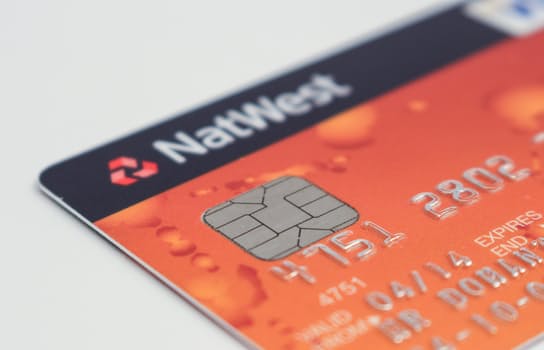Visa has recently provided clarification and modification regarding debit routing rules. Merchants can route US EMV debit transactions not just through Visa’s network, but through over 12 available ones.
2 payment application identifiers (AIDs) on the chip enable debit routing and processing. These are the US Common Debit Aid and the Visa Debit Aid. Visa says the Common Debit AID supports any of more than 12 domestic debit networks. Merchants are given an opportunity to choose the network over which a debit transaction is routed or processed.
Merchants can automatically ask a Visa cardholder to submit a PIN while completing in-person transactions, on condition that the cardholder can still use his/her card without a PIN if he/she prefers.
If you’re looking for a secure and reliable merchant account to open for your business, consider turning to emerchantbroker.com. EMB is voted the #1 high risk payment processor in the US and has an A+ rating with the BBB. EMB is rated “A” by Card Payment Options and is one of Inc 500’s Fastest Growing Companies of 2016.
In its modification statement, Visa notes that the use of signature verification for debit purchases can be discouraged by merchants. However, signature cannot be completely removed as an option.
When it comes to the PIN debate, according to merchants, the best way to prevent fraud is to require PIN for all EMV chip payment transactions. This refers to both credit and debit payments.
As for issuers and the card brands, they were trying to switch to EMV more quickly, claiming that requiring PINs for credit payments would create confusion among customers. They believed this would make EMV rollouts more complicated.
From the point of view of the debit, US cardholders are accustomed to using PINs for debit purchases, especially when it comes to the cash-back option. So it was more difficult to make the argument concerning signature and PIN.
As compared to the credit rollout, the EMV debit rollout in the US has been much more problematic. The reason has to do with the number of debit routing options existing in the US. Other EMV markets don’t have such complication.


